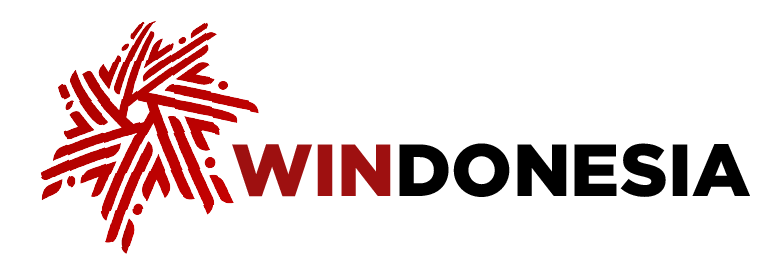Latest News
Realized investments to Central Kalimantan Province for 2025 reached Rp 19.62 trillion the third quarter (Q3), or 75.67 percent of the annual target of Rp 25.93 trillion. This achievement is also a 35.79 percent improvement from the second quarter (Q2) of 2025. Central Kalimantan Investment and One-Stop Integrated Services Office (DPMPTSP) reported that domestic investments accounted of the total at nearly Rp 5.47 trillion, while foreign investments reached Rp 1.71 trillion.
The food manufacturing sector was the main contributor to domestic investments in Central Kalimantan at nearly Rp 2.13 trillion, followed by the mining sector and the food crops, plantations, and livestock subsectors. Meanwhile, the mining sector was the main driver of foreign investments with Rp 705 billion, followed by the food manufacturing sector and the food crops, plantations, and livestock sector.
"The increase in investments to Central Kalimantan aligns with the vision of development continuously emphasized by Governor H. Agustiar Sabran," Central Kalimantan DPMPTSP Head Sutoyo stated.
Sutoyo also urged business actors to maintain regulatory compliance and fulfill all business obligations, including regional tax obligations. He emphasized that tax compliance is a crucial part of maintaining fiscal stability and supporting regional development. The types of regional taxes of concern include the Motor Vehicle Tax, Surface Water Tax, Heavy Equipment Tax, Fuel Tax, and the Non-Metal Mineral and Rock Tax (MBLB). Improved compliance is expected to significantly contribute to Central Kalimantan's locally-generated revenue (PAD).
Previously, Governor Agustiar highlighted the importance of cross-sector synergy in strengthening the regional economy. In the Coordination Meeting on Optimizing Mining Sector PAD, he emphasized the importance of collaboration between the government, the private sector, and the people to maintain the momentum of economic growth amid global challenges. He also stressed that increasing investment is part of a broader strategy to strengthen PAD through careful and sustainable natural resource management.
"All parties must work together to support Central Kalimantan's vision of development, which focuses on the welfare of the Dayak people and all Central Kalimantan residents [as well as] towards [the realization of the national] Golden Indonesia 2045 [vision]," Agustiar emphasized.

